Art, music, and dance are powerful modes of expression. They can unlock treasured memories, help us relax, and even relieve pain.
Creative Arts Therapy
The Healing Power of Art
Recognizing the importance of creative arts in the relationship between a therapist and resident, Living Branches residents at all campuses and levels of care have access to creative arts therapy.
Engaging in creative arts therapy – through art, music, or dance – improves residents’ wellbeing in many ways.


Self-expression
Music and art can help seniors express themselves, especially when emotions are difficult to state in words.

Opportunities to reflect
Creative arts therapy often incorporates reminiscing, helping residents reflect on memorable moments from their lives.

Camaraderie
Sharing a song, collaborating on a piece of artwork, or dancing in unison can reinforce a sense of belonging and togetherness.

Non-verbal communication
Creative arts therapy can open lines of communication when speaking out loud is a challenge.

Physical benefits
Creative arts therapy promotes closer adherence to a care plan, including taking medication and participating in other therapies.

Cognitive enhancement
Music, painting, dance, and storytelling has been shown to boost focus, pattern recognition, and problem solving.

A sense of calm
The presence of art and music creates a warm, healing environment at Living Branches campuses.

Purpose and joy
Anybody who uses their creativity knows the feeling of achievement it brings, instilling a sense of identity and accomplishment.
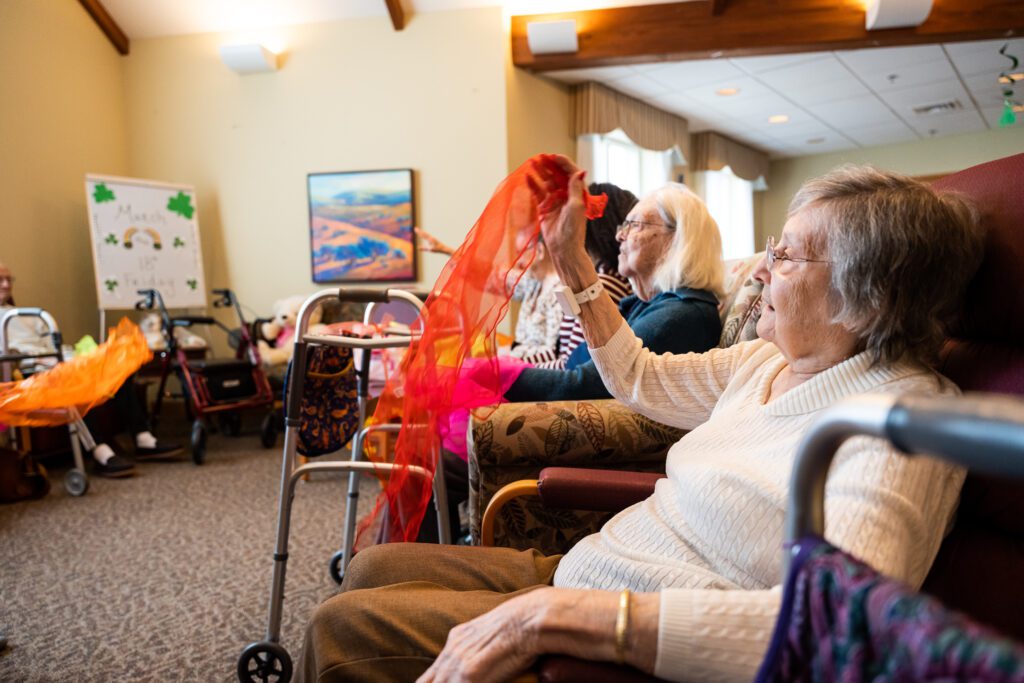
What happens during a creative arts therapy session?
Like all therapy, creative arts therapy is conducted between a resident and a licensed therapist or a therapy intern under the supervision of a licensed therapist. Sessions may be one-on-one or in a group of people.
Activities may include:
- Accompanying a therapist using tamborines, hand bells, and xylophones
- Singing songs together
- Dancing or rhythmic movement
- Listening to a recorded song
- Writing a song about a resident’s life experiences
Early in the session, the therapist makes sure the resident is comfortable, ensuring their physical needs are met and that they feel ready to engage with the therapist.
Much of the session focuses on singing, dancing, or creating artwork. Throughout their time together, the therapist and resident or residents will discuss their impressions, ideas, feelings, and memories. This helps residents process whatever arises through safe, open communication. Because creative arts therapy is dynamic, residents are encouaged to share whatever they think or feel as it arises — without judgment. They take an active role in guiding what happens during the session.
And there’s no way to do it wrong! Creative arts therapy sessions have no wrong notes, no wrong dance moves, and no bad times to shake a tambourine or tap your toe. Sessions are structured to be equally friendly to residents who have a background in art or music and those who do not. All it takes is a willingness to be present and engage.
While creative arts therapy often involves music and dancing, a session is not a concert, performance, or social hour. Rather, it’s a time for residents to dialogue, build relationships, and express mental and emotional needs.
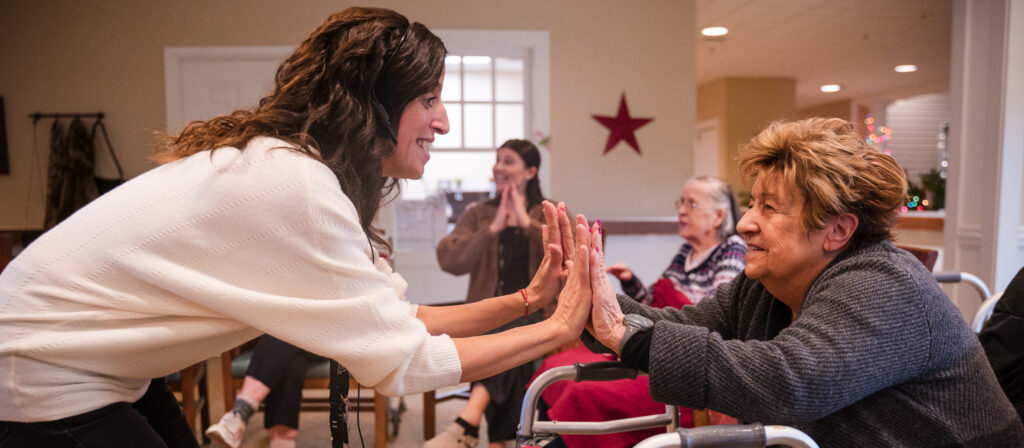
Who participates in creative arts therapy?
Creative arts therapy is open to every resident at all campuses and levels of care. Many participants find it helpful to participate in creative arts therapy as they transition to their new community and get used to campus life and their new neighbors. It can also be particularly helpful for residents who:
- Live with dementia or cognitive impairment
- Manage a chronic physical or mental health condition
- Benefit from mental or emotional support
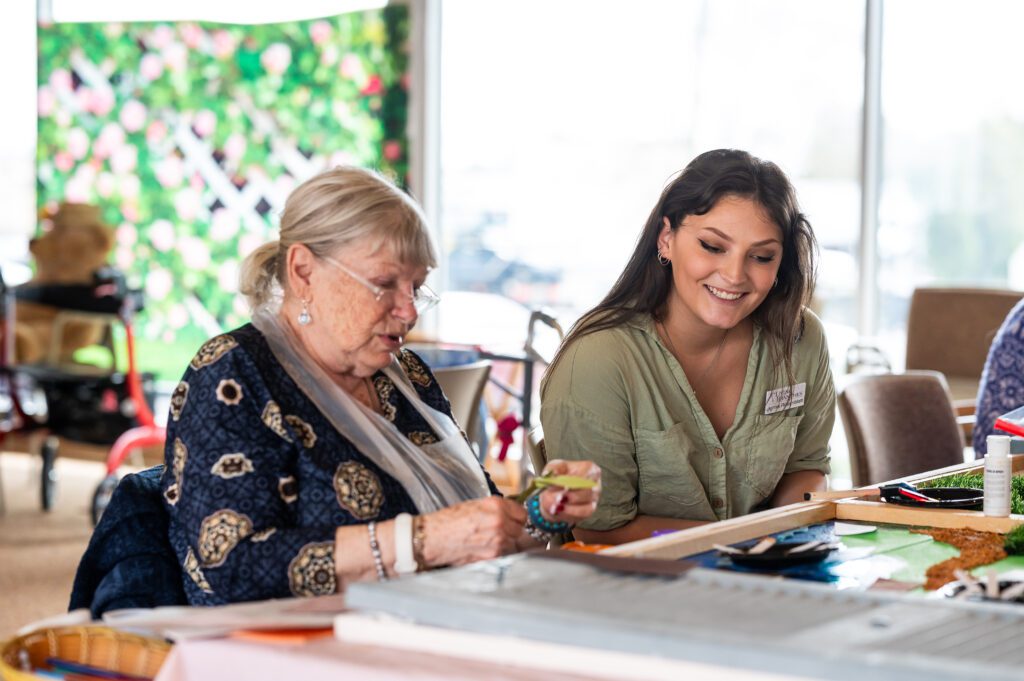
How does creative arts therapy help residents living with dementia?
Dementia progresses over time, leading to more trouble with memory, communicating, and performing daily activities. But the side of the brain responsible for rhythm stays in tact longer than the side that handles language and logic. That’s why music and rhythm often comes easier than words for those living with dementia.
We take the time to learn each person’s musical tastes, as favorite songs are usually more effective. The skilled, compassionate support of a trained therapist can help residents process any reactions (positive or negative) activated by these memories.
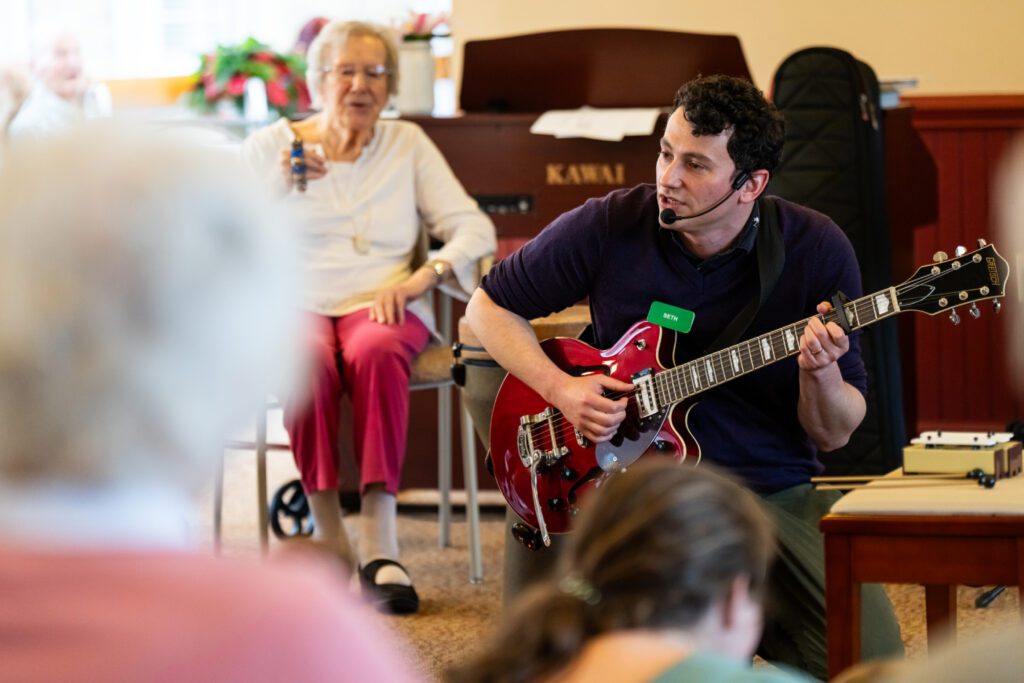
Who offers creative arts therapy sessions at Living Branches?
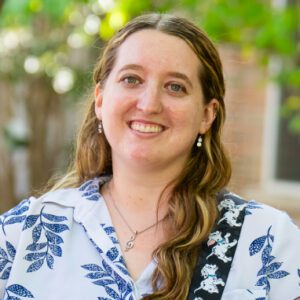
Life enrichment coordinator Jenna Belko, MT-BC, a board-certified music therapist
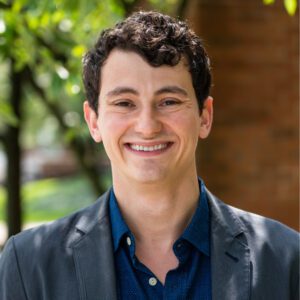
Creative arts therapy coordinator Seth Laucks, MA, MT-BC, LPC, a board-certified music therapist who holds a master’s degree in music therapy and counseling
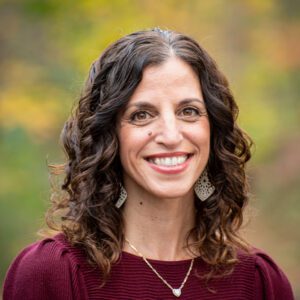
Dance/movement therapist Jeannine Matyi, R-DMT, supported by a partnership with Drexel University

Life enrichment assistant Kira O’Brien, MA, who holds a master’s degree in movement therapy and counseling
In addition, Living Branches offers a creative arts therapy internship program. Students training to become certified therapists receive real-world, hands-on experience to complement what they’re learning in the classroom. Throughout their time with our residents, interns are supervised by certified therapists on the Living Branches team.
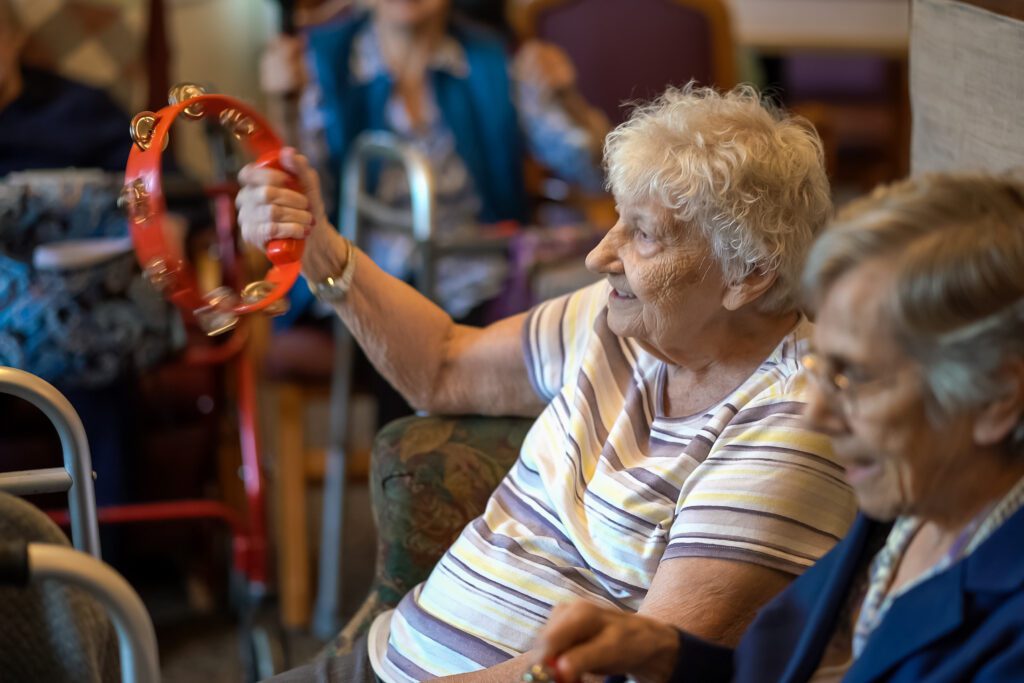
How does Living Branches contribute to the field of creative arts therapy?
The use of creative arts therapy in retirement communities like Living Branches is a growing field of research. Students and scholars in universities across the country are continuing to uncover its benefits, refine techniques for using it, and establish best practices.
Living Branches proudly serves as a site for researchers aiming to understand the benefits of creative arts therapy in retirement communities like ours. Researchers from Temple University and Drexel University have studied our creative arts therapy program, leading to a publication in the Journal of Music Therapy. Future publications are expected as research continues at Living Branches.
